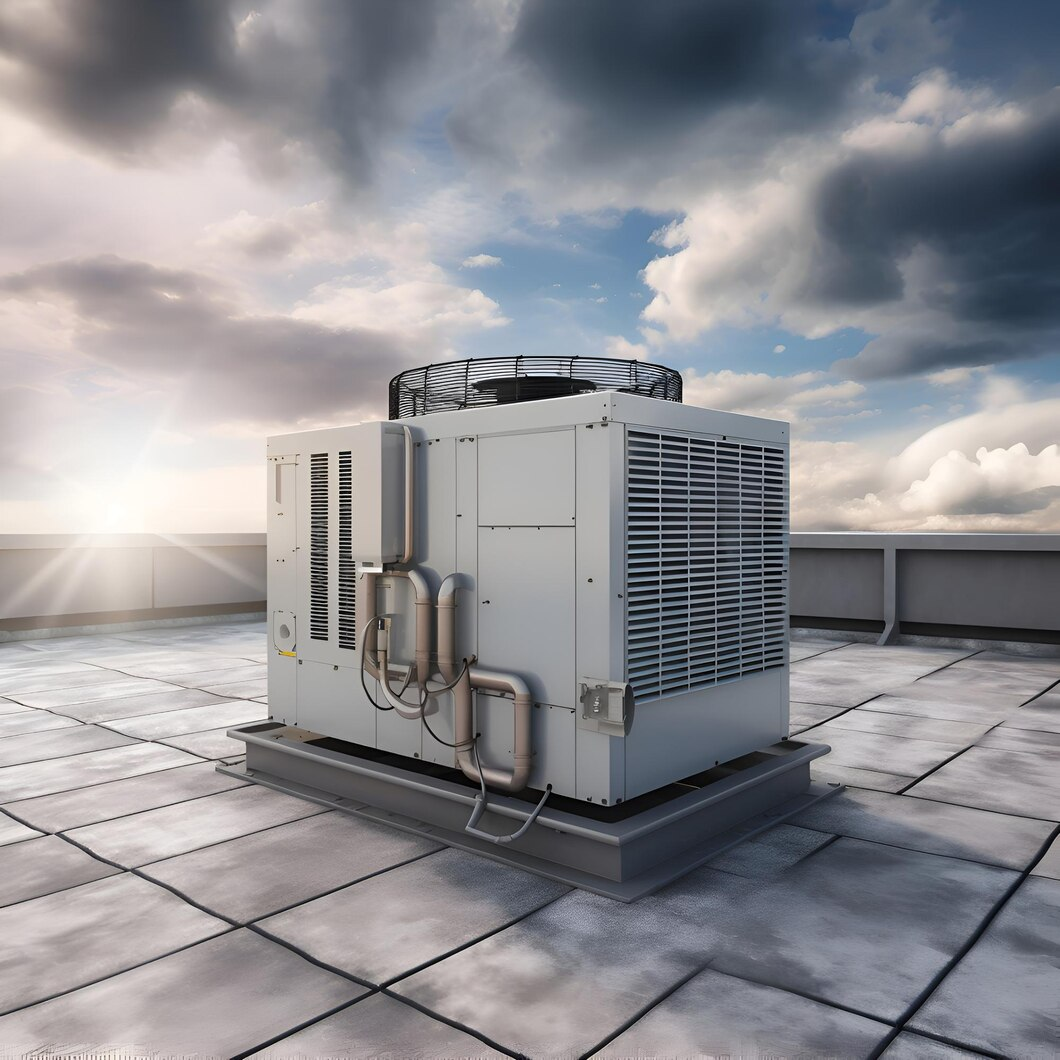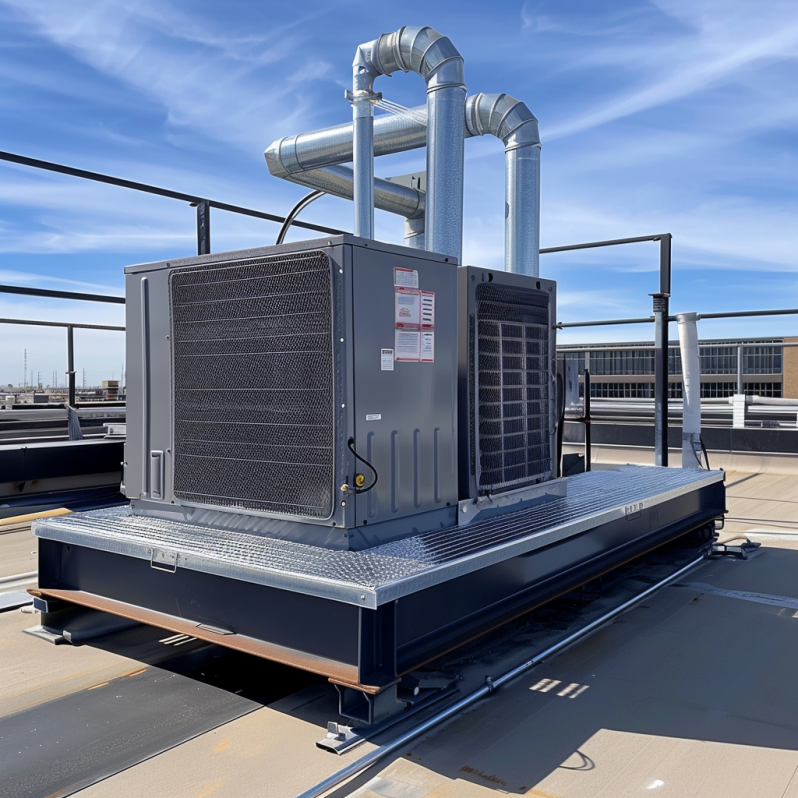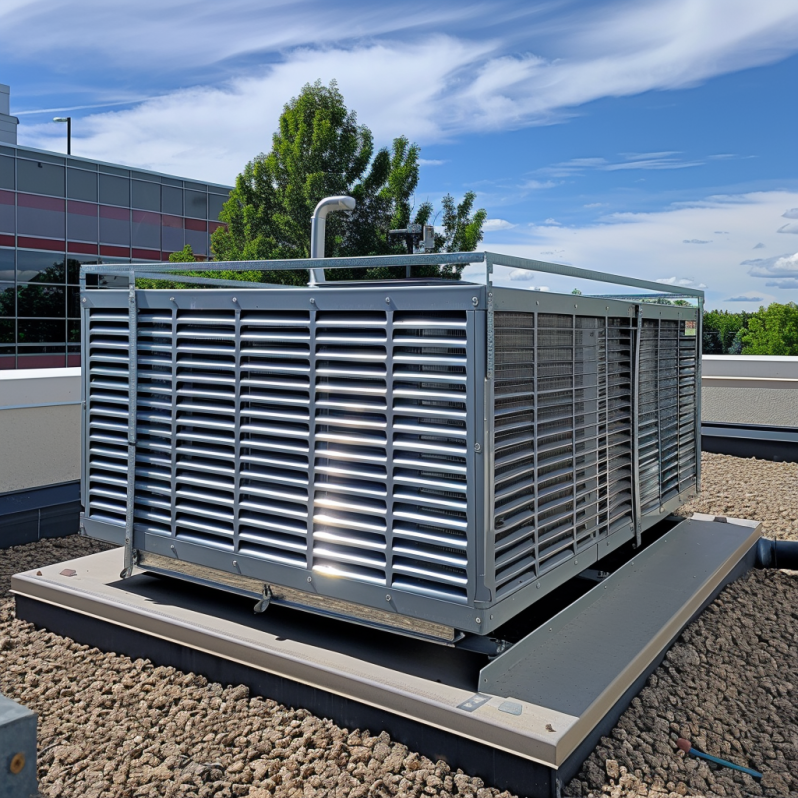
Understanding HVAC Roof Curbs
HVAC roof curbs are integral components in modern building designs that play a crucial role in the installation and operation of HVAC systems. These structures, often unnoticed, ensure that heating, ventilation, and air conditioning units are securely and efficiently integrated into the roofing system. While HVAC roof curbs can seem intimidating, shedding light on what they really are, their types, installation process, and their overall importance in building management makes them much more approachable and easier to understand.
What Are HVAC Roof Curbs?
HVAC roof curbs are supportive platforms or frames that provide a stable base for HVAC units on a building’s roof. They are designed to elevate the units above the roof surface for proper airflow and drainage while also protecting the roofing material. They also provide a sealed area to prevent water infiltration into the building, which is crucial for maintaining the integrity of both the roof and the HVAC system.
Because HVAC roof curbs create a penetration in the roof, the curb must be strong enough to support the weight of the HVAC system while also being able to distribute the load appropriately to the roof structure. The roof curb often allows for duct penetrations, wiring, and piping to be connected to the HVAC system through openings in the roof curb.
Types of HVAC Roof Curbs

There are several types of HVAC roof curbs, each suited to different needs and specifications:
- Standard Roof Curbs are pre-fabricated to fit specific HVAC models and are widely used due to their ease of installation.
- Adjustable Roof Curbs offer flexibility to accommodate various HVAC sizes and roof pitches.
- Custom-Built Roof Curbs are tailored for unique HVAC systems or roofing configurations, and are often used in complex architectural designs.
All three types of roof curbs are widely used. It is not uncommon for a building project to require all three types of HVAC roof curbs to support the various HVAC equipment being placed on the roof.
HVAC Roof Curb Details

The construction of HVAC roof curbs involves durable materials like galvanized steel or aluminum to withstand harsh weather conditions and the weight of HVAC units. The design includes insulation for thermal efficiency and vibration isolation to reduce noise and wear on the HVAC system. HVAC roof curbs can even have different features to accommodate the specific needs of HVAC equipment. For HVAC systems with down duct connections, it is important that the roof curb has sufficient clearances so that sheet metal installers can easily connect to the HVAC unit once it is installed on the curb.
Installation Process
Proper installation of HVAC roof curbs is paramount. If not installed properly, water can get into the building and cause significant damage. The first step in installing a roof curb is preparing the roof surface to ensure that it can support the curb and HVAC unit. After prepwork is complete, the roof curb is aligned with the roof opening and secured in place. Once secured, the curb is sealed to the roof to prevent leaks. Finally the HVAC unit can be mounted onto the curb and connected to the building's ductwork and electrical systems.
Benefits of Properly Installed HVAC Roof Curbs
Well-installed HVAC roof curbs offer several benefits. They enhance the efficiency and lifespan of HVAC systems by providing a stable and level platform. Roof curbs prevent water damage and protect the roof’s structural integrity. They ensure that the HVAC system is compliant with building codes and regulations. Roof curbs do not get much praise, but the functions they perform are critical.
Considerations for Selecting HVAC Roof Curbs

Selecting the right roof curb involves considering the HVAC unit’s size, weight, and design. It’s crucial to match the roof curb to the roofing material and structure.
Consulting with HVAC professionals can help determine the most suitable type and size of the roof curb. Roof curb manufacturers and HVAC equipment manufacturers can also provide guidance on the correct curb specifications.
Regular maintenance of HVAC roof curbs is necessary to ensure their longevity and functionality. This includes inspecting for corrosion, checking seals and fasteners, and ensuring that the curb remains level and stable. With semi-regular maintenance, roof curbs can well outlast the life of the HVAC equipment they support.
Adherence to building codes and standards is also crucial when installing HVAC roof curbs. The regulations help to ensure that the installation is safe, efficient, and in compliance with local building codes. Following these codes reduces liability and ensures the finished installation will be safe and the building will be protected.
HVAC Roof Curbs Play a Major Supporting Role
HVAC roof curbs play an essential role in the effective operation of HVAC systems in buildings. Understanding their types, installation process, and maintenance requirements is crucial for building owners and managers. Properly installed and maintained roof curbs not only support the HVAC system, they also contribute to the overall health and safety of the building.
To learn more about HVAC roof curbs—and other air control, noise mitigation, and evaporative cooling products—contact Metal Form Manufacturing today!
